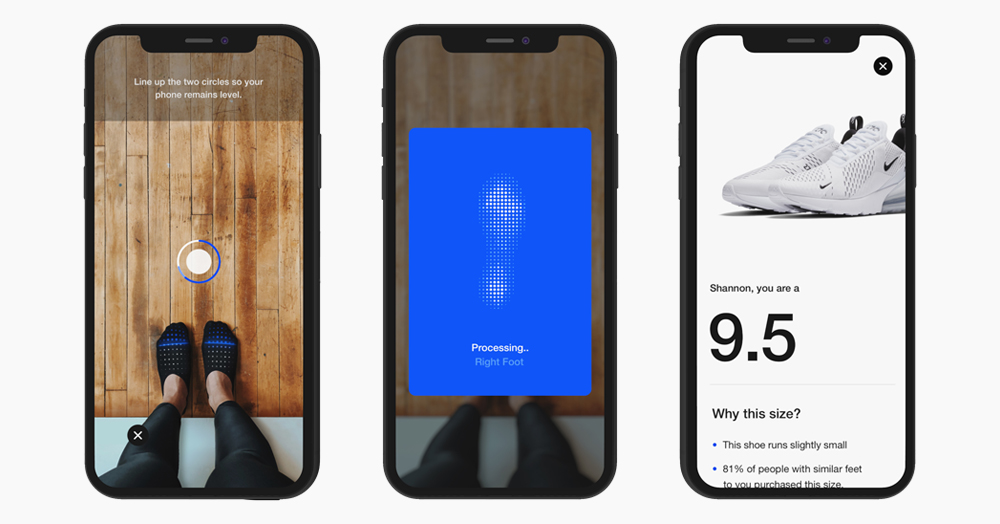This article was written for Business Brief in the Guernsey Press.
In the technology space, the buzz word(s) of the moment is Artificial Intelligence (AI), which for many will conjure up images of robots taking over the world – either The Terminator or C-3PO, take your pick.
When it comes to writing about technology, the obvious route would be to discuss the progress companies such as Microsoft and Google are making within the world of AI. But what is perhaps more interesting is the impact it is having on non-tech sectors.
As thematic investors, the team at Ravenscroft is focused on identifying evolving global trends, and AI appears to be infiltrating our core themes, such as global consumption, and being used as a tool to drive many of our preferred businesses forward.
Within the world of consumer goods, it is marketing and advertising that is seeing the most benefit of AI – utilising data to understand buyers’ habits and tastes to provide either a more personal experience or indeed selling the right products to the right customers.
AI, in short, is the simulation of human intelligence using computer systems and data sets. Aside from maintaining and obtaining data, the initial step is pattern recognition; this is the ability of machines to identify patterns in data, and then use those patterns to make decisions or predictions using computer algorithms - a vital component of modern artificial intelligence systems. The extension of this is a computer system that can ‘learn’ from the results, improve over time and can do anything a human brain can do.
A number of our favourite brands have taken the steps to build out their capabilities in this regard. L’Oréal, as an example, has built a system in house, TrendSpotter, which uses AI to analyse videos, images and comments on social media and online beauty publications to spot trends before the competition to each create new products or market existing products at the right time, on the right platforms, to the right audience. It is the ideal tool for this due to the ability to scan and process significant amounts of data, and is trained and intelligent enough to spot keywords. TrendSpotter’s algorithm collects over 25 million bits of data – from text to hashtags – on an annual basis – far more than what is possible with just the human eye. This helps L’Oréal obtain the intel to create in-demand products for consumers across the world.



